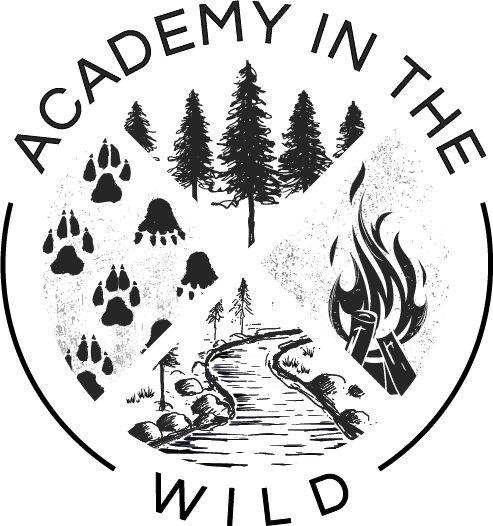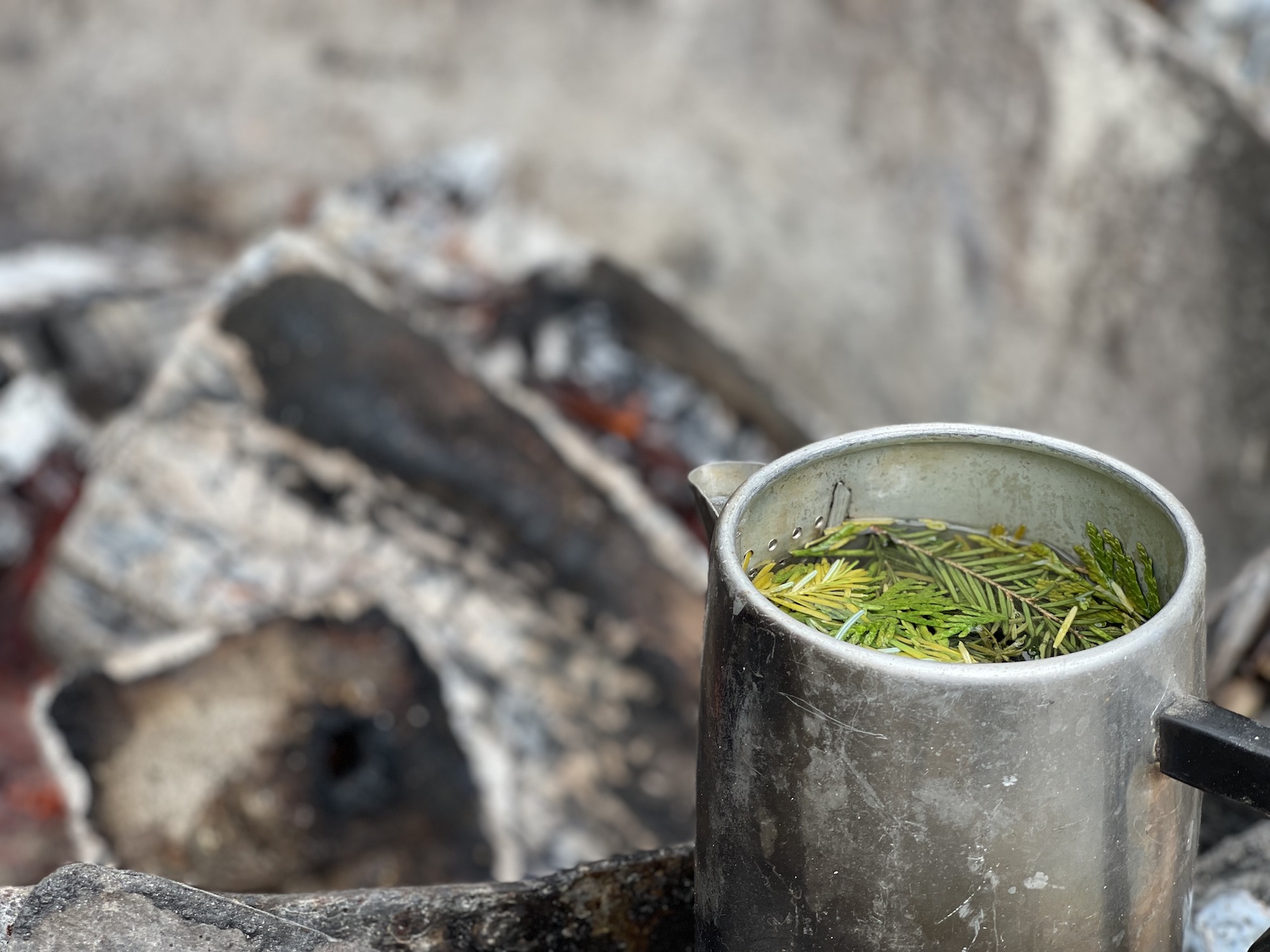Trees provide us with all kinds of nuts, fruits, and berries, and of course maple syrup! But what about the other stuff: can we eat all the tree? Well actually YES! some trees provide lots of edible parts: bark, leaves, twigs, seeds, pollen, roots, and flowers. Eating the tree itself is more of a survival tool than something to fill your dinner plate, it has much nutrients, however lacks calories. Always be conscious of the environmental impact when harvesting anything in nature. Only take what you need/will use. Lets dive into 2 different parts I personally have eaten that are less common.
CAMBIUM
Cambium is the layer of inner bark between the wood and the rough outer bark: it’s a soft, moist, paler coloured layer. It’s the part of the tree that sends its water and sugars throughout the tree, without it the tree will die, so if harvesting for survival cut rectangular up and down, you will kill the tree if you harvest by cutting a ring around the tree. Just to be kind to nature, please don’t try cambium unless its off a fresh pruned branch or in a survival situation.
It’s nutrient rich, and can actually be sweet, though the taste can vary a lot from tree to tree. The cambium of most trees is edible, and can be harvested throughout all four seasons.
You can try chewing it, shredding it into strips and boiling, turning it into chips or bark jerky by frying it in oil or butter. However, it’s most commonly (and historically) repurposed as a flour: dried and pounded into a powder, then used in breads and baking, or added to other flours.
CONIFER
CONIFER (evergreen) Tips deliver a strong taste of nature, the new growth tips of evergreen trees are easy to gather in early spring. You’ll find them on most evergreens in Canada. Those small, young, soft bits at the end of branches―a lighter color than the matured needles―are fully edible, and tender enough to just eat them on the spot, my dad and granddad ate them all the time while in the woods.
Personally I find balsam fir a little lemony. Cedar is more bitter. Douglas fir have a softer flavour and is my go to tips! just pluck, eat, and enjoy whenever you pass it by on the trail.
If your in a season other then spring you can still give the matured needles off conifers a quick chop and simmer to make tea, which is a great source of Vitamin C! My 9 year old son loves doing this, he takes off with his stainless fire kettle and ferro rod, forages around the yard, starts a fire in the pit and makes teas.
Know your trees before foraging, as there are toxic trees like yew and cherry, Which are found in Canada.
FUN FACT
Super fun for kids to dive into learning! The ultimate toxic tree, the deadly manchineel (not found in Canada), which you should not touch, go near, or even park your car under!


